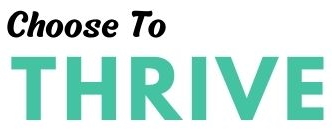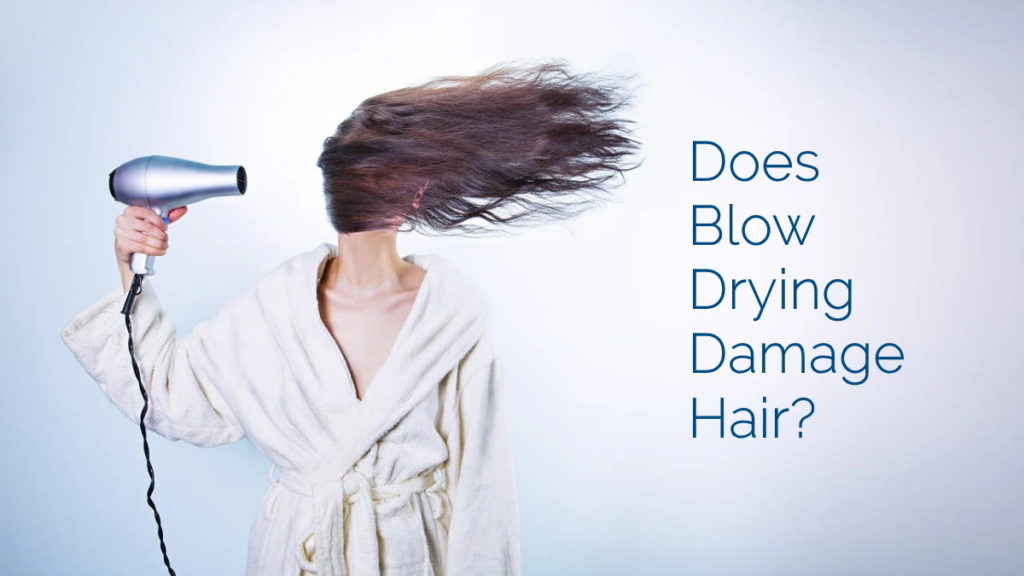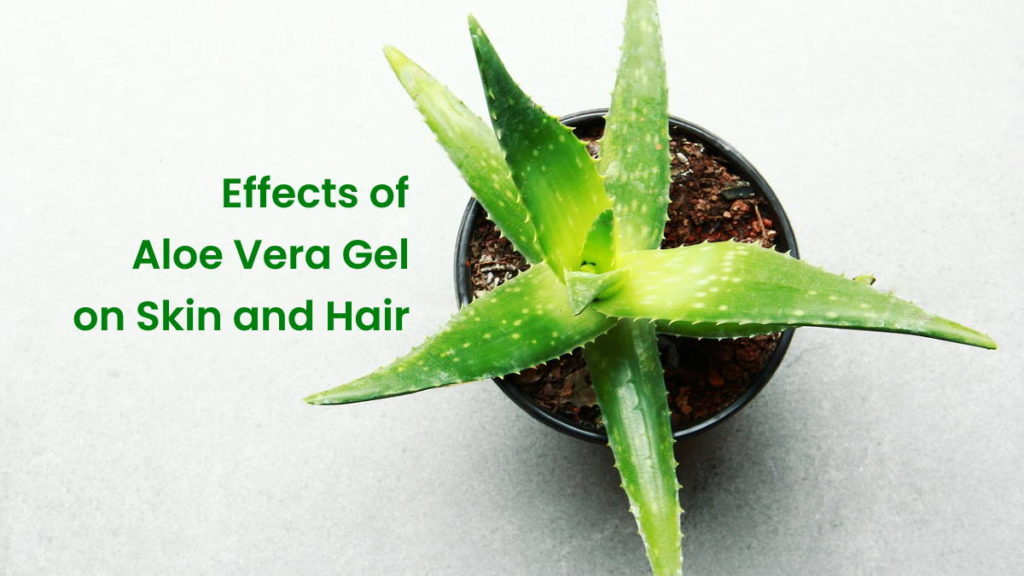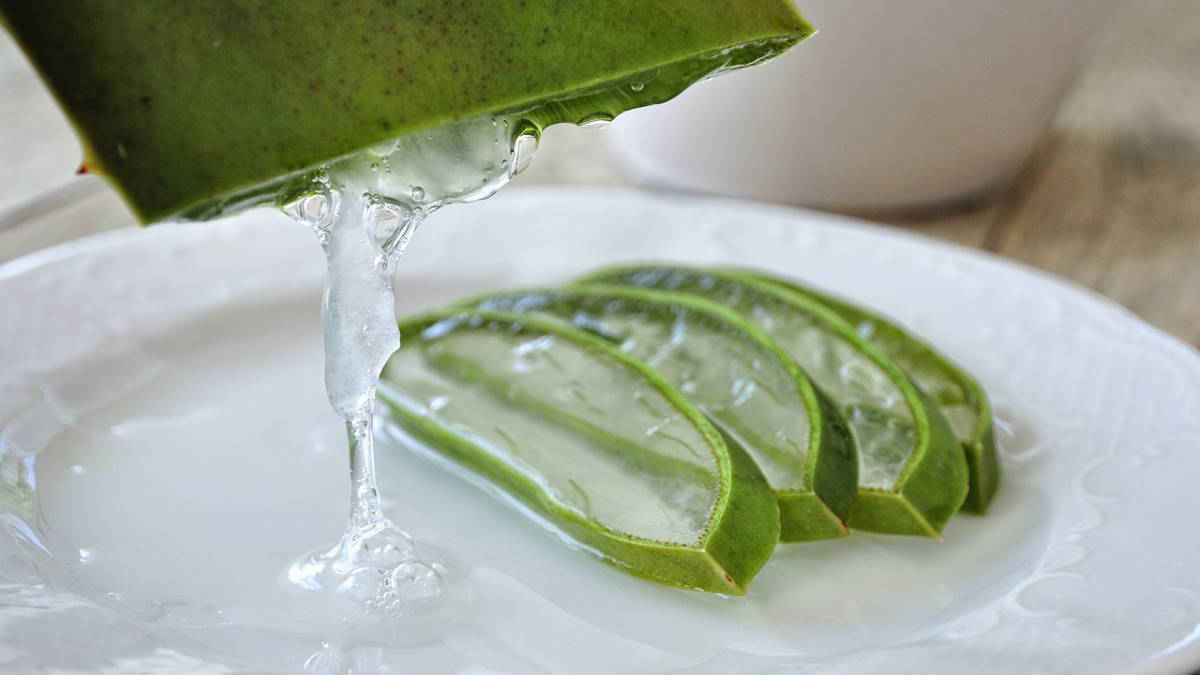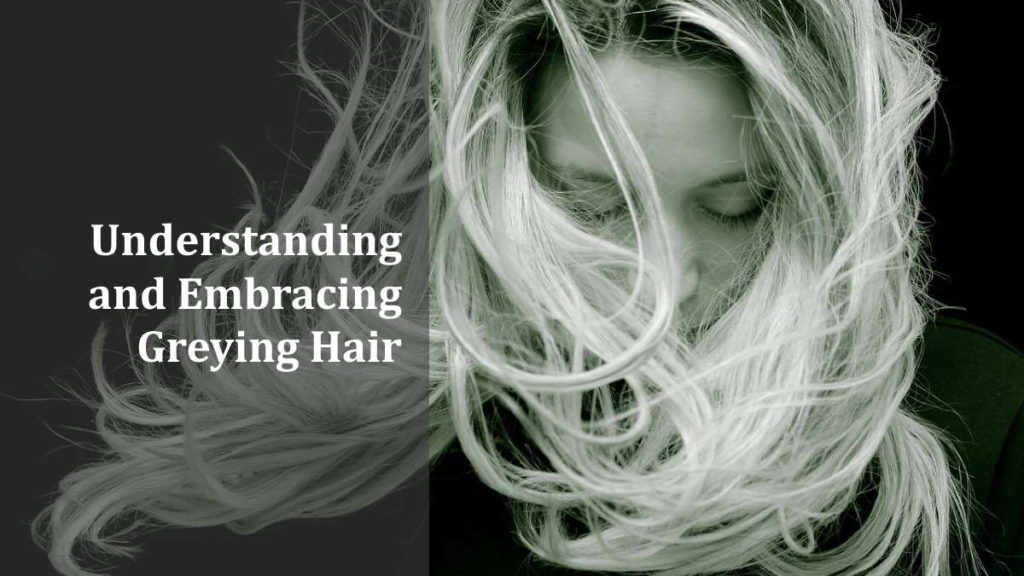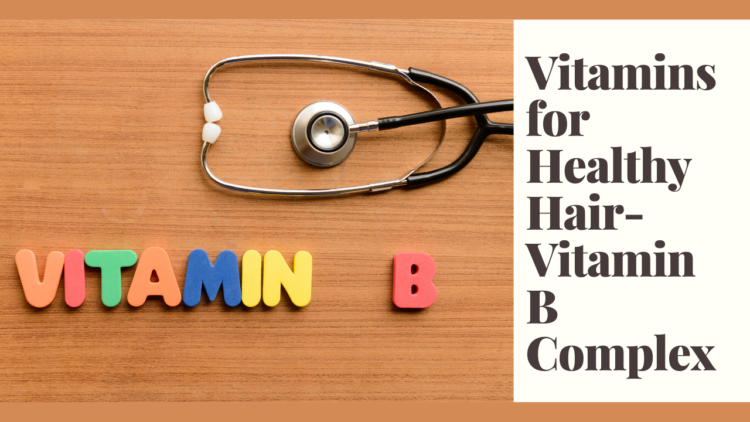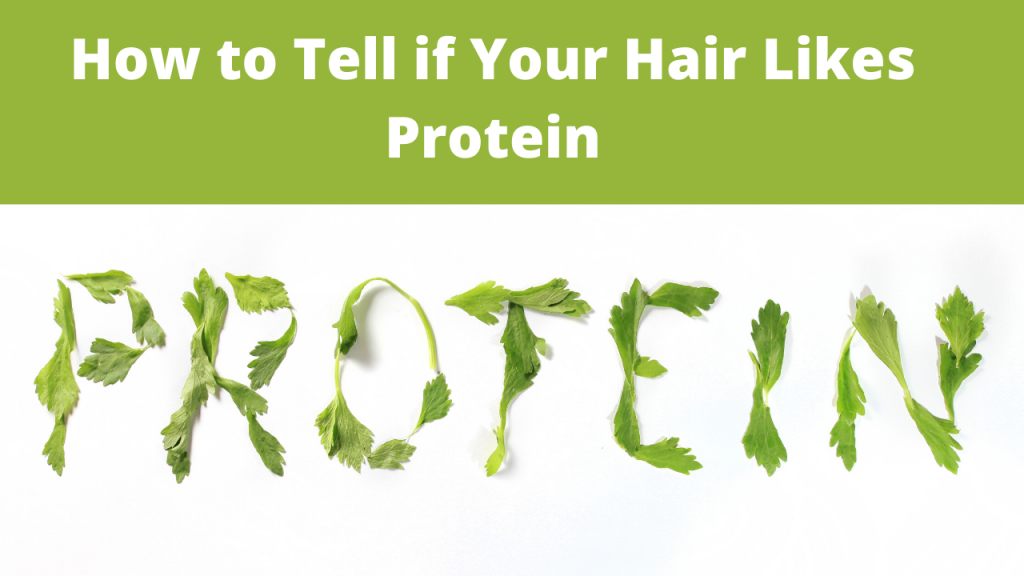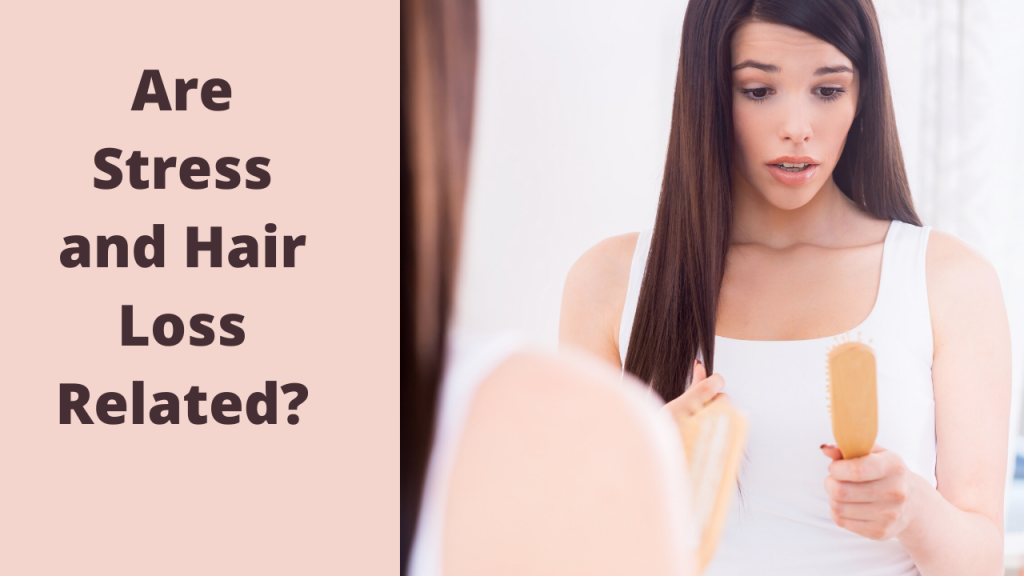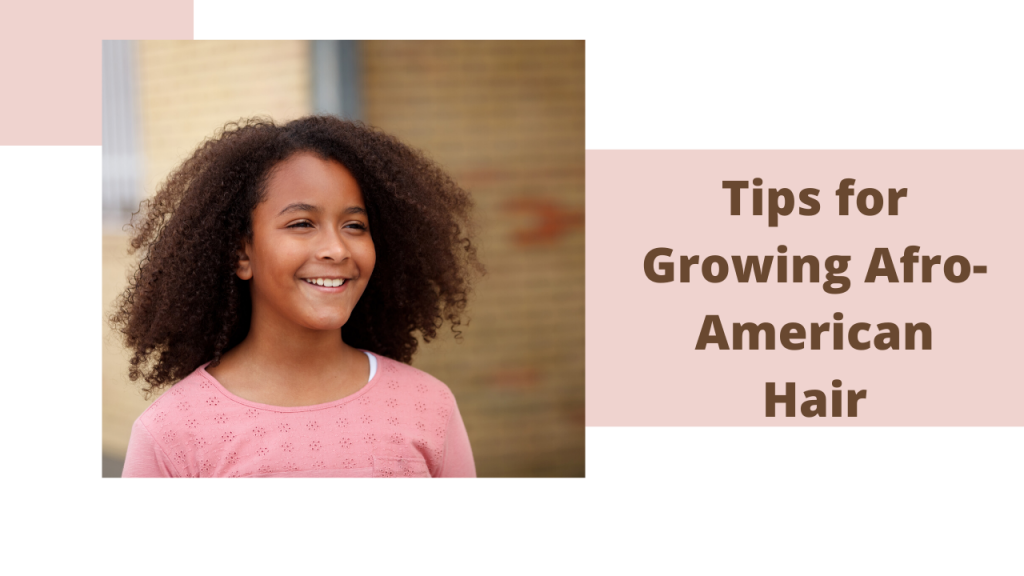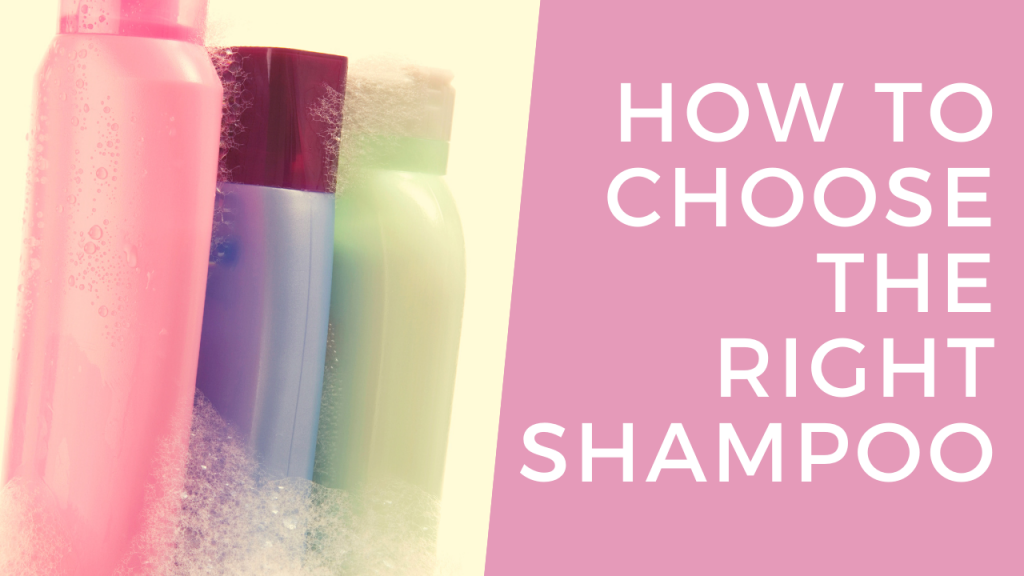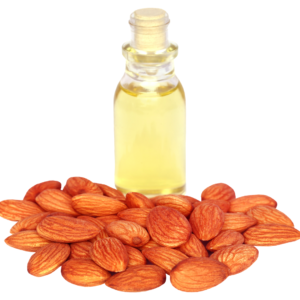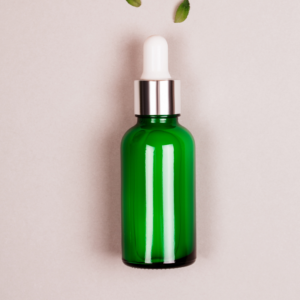Countless women across the globe continue to blow dry their hair regularly, completely oblivious to the possible damage it is causing their hair.
Constant blow-drying of hair does lead to damage, dry hair with split ends.
However, imagining every after-shower routine without blow-drying hair seems like a nightmare for a lot of women.
It’s because we quite often take a shower right before sleeping, so waiting for hair to dry itself naturally seems to take forever. Thus the only solution left is using the good old blow dryer.
Alternatively, people with wavy and curly hair are sometimes even afraid to let their hair air dry on their own because it becomes a real mess.
The good news is there is a way out with blow-drying with no damage done. You basically need to learn to take a few precautions, learn how to choose the right blow dryer, and practice recommended damage-free technique for blow-drying.
Will Blow Drying Damage My Hair?
Let us first try to answer the main question in your mind – will blow-drying damage your hair?
The extensive heat coming from a blow dryer, causes hair to lose its natural moisture that is inside the hair. Once the hair lacks the water it needs, the hair simply cracks and becomes brittle, and shortly after it breaks.
The most important part here to understand is that the damage can be eliminated if the correct drying method is used.
Notably, scientists even say that letting the hair air dry on its own can sometimes be more damaging. Studies done in this sphere claim that when the hair is being dried using a blow dryer at a distance of 15 cm, it causes a lot less damage than when it’s airdried.
Professionals say that the excess amount of water for hair is not advantageous, and the longer the hair strand stays wet, the more the cortex has the potential to accumulate and weaken the hair.
Moreover, the usage of a good blow dryer, heat protectant, brush, and drying technique helps to get rid of hair breakage dramatically.
Guide To Damage-Free Blow Dry
Firstly, you need to pay close attention when choosing to buy a blow dryer.
Blow dryers with options to choose temperature and power are known to be the most suitable ones.
You might want to purchase a blow dryer, which incorporates ionic technology because it’s specially designed to cause the least harm possible.
Secondly, the time you keep your wet hair inside a towel matters when it comes to avoiding damage.
The most appropriate amount of time should be ten minutes and not longer.
Also, something that you don’t want to miss in achieving damage-free blow drying is the correct usage of heat protectant.
It’s known that heat protectants are a must, but those should be applied equally and with the right quantity to deliver the best results. When applying, it is crucial to spread the product throughout the scalp, not forgetting about the back of the hair.
Moreover, don’t forget about choosing the right brush. Always remember that when the hair is wet, it’s in the most fragile form, and you better be very gentle while treating it.
Choosing the right brush depends on your hair type and what kind of blowout you want to achieve.
If you have thin and short hair look into round brushes with comparably small sizes. This gives you more control to deal with your hair. On the other hand, people with thicker hair may use larger sized brushes to create volume with more ease.
Also, be aware that brushes that include vented barrels speed up the time needed to blow dry. Ceramic ones can hold the heat inside them perfectly, while bristle or nylon brushes are a tool to achieve shiny hair when blow-drying.
Speaking of the process itself, professionals suggest starting at low speed and heat options. Dry the hair holding the dryer 15 cm away from the hair strand, and only when the hair feels near 90 percent dry, you may adjust the temperature to higher heat.
In the end, you may turn your hair upside down, dry, and brush hair in that position for a few minutes. This will help you achieve a lot of volume at the roots and a salon-like blowout.
Takeaway
Blow drying hair is nothing to be fearful about as long as you take a few precautions.
Fortunately, it is a reliable method if it’s used wisely and not overused, of course.
And remember that nothing is harmful when used in proper quantities.
These simple yet valuable steps for your regular blow-drying process should feel both time-saving and satisfying.
If you happen to be blow-drying your hair too often, consider making these changes to your routine, and experience the best possible results with beautiful, shiny hair.
